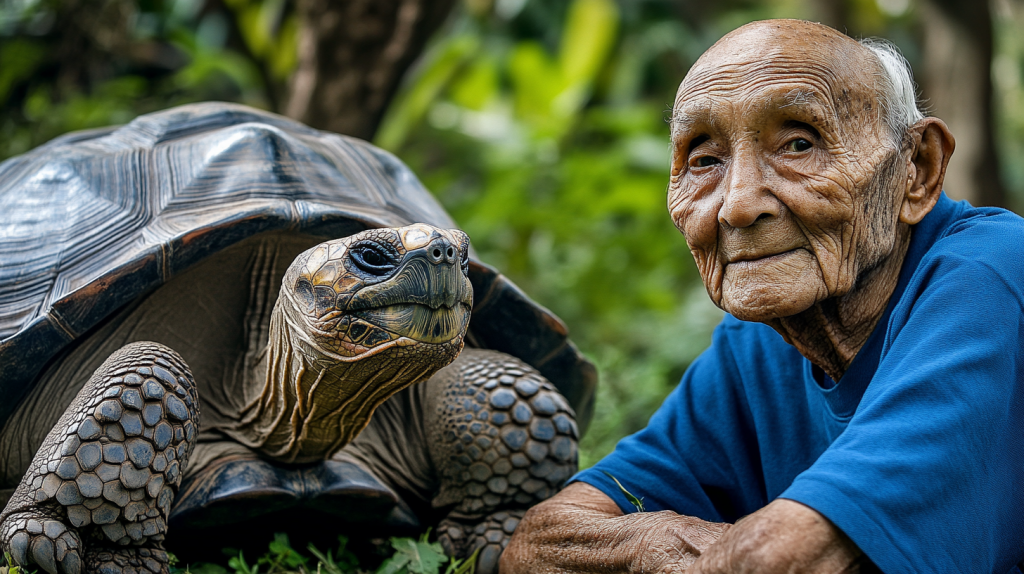Humans have long been fascinated by the concept of longevity, often seeking ways to extend our own lifespans. Many of us seem to think we’re the “bestest” most amazing creatures ever to walk the Earth and all other creatures are somehow “less than”. However, even just in terms of lifespan, in the animal kingdom, there are numerous species that far outlive us without any special effort. These long-lived creatures range from tiny sea creatures to massive land-dwelling giants, each with unique adaptations that contribute to their impressive lifespans. Understanding how these animals achieve such longevity could provide valuable insights into the aging process and potentially help us improve human health and lifespan. From ancient tortoises to seemingly immortal jellyfish, these animals challenge our perceptions of life’s natural limits.
Greenland Shark
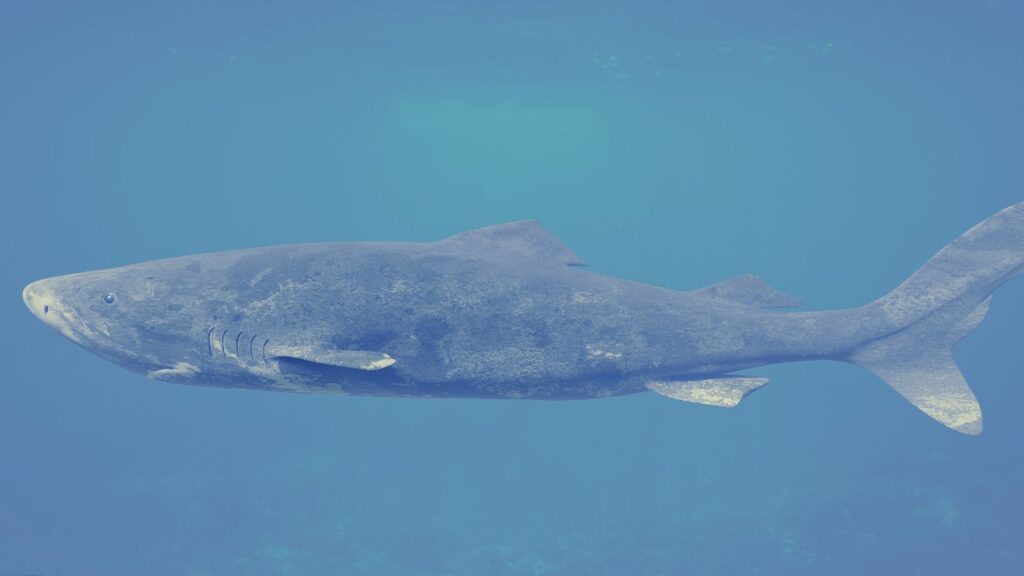
The Greenland shark holds the record for the longest-living vertebrate on Earth. These deep-sea dwellers can live for an astonishing 400 years or more. Scientists discovered their extreme longevity by analyzing the sharks’ eye lenses using radiocarbon dating. These slow-growing sharks don’t reach sexual maturity until around 150 years old, giving them plenty of time to explore the frigid Arctic and North Atlantic waters they call home.
Aldabra Giant Tortoise
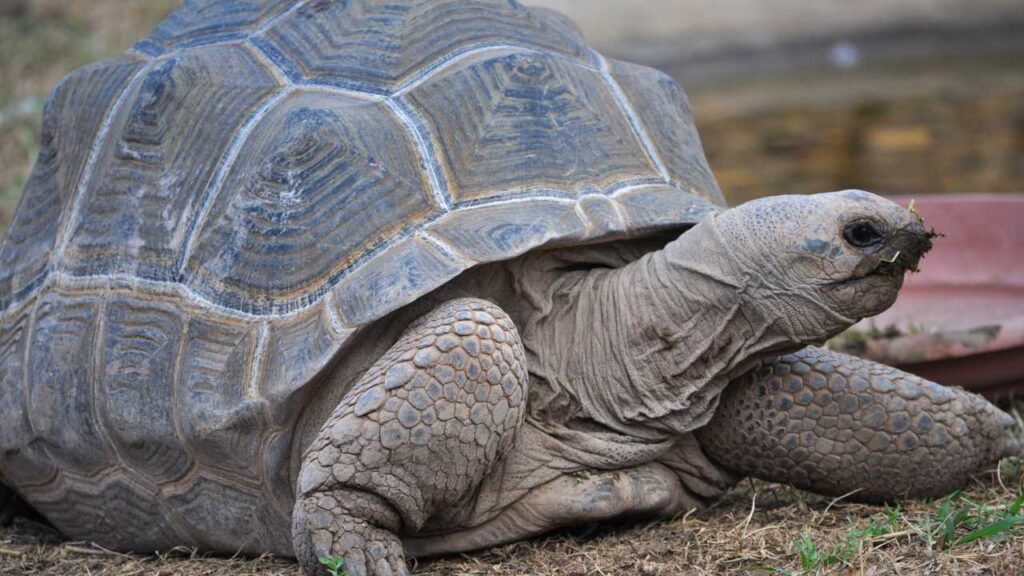
Aldabra giant tortoises are known for their incredibly long lifespans. These massive reptiles can live well over 100 years, with some individuals reportedly reaching ages of 150 or even 200 years. The oldest known Aldabra giant tortoise, named Adwaita, was believed to be 255 years old when he died in 2006. These tortoises’ slow metabolism and protective shells contribute to their longevity, allowing them to outlive many generations of humans.
Bowhead Whale
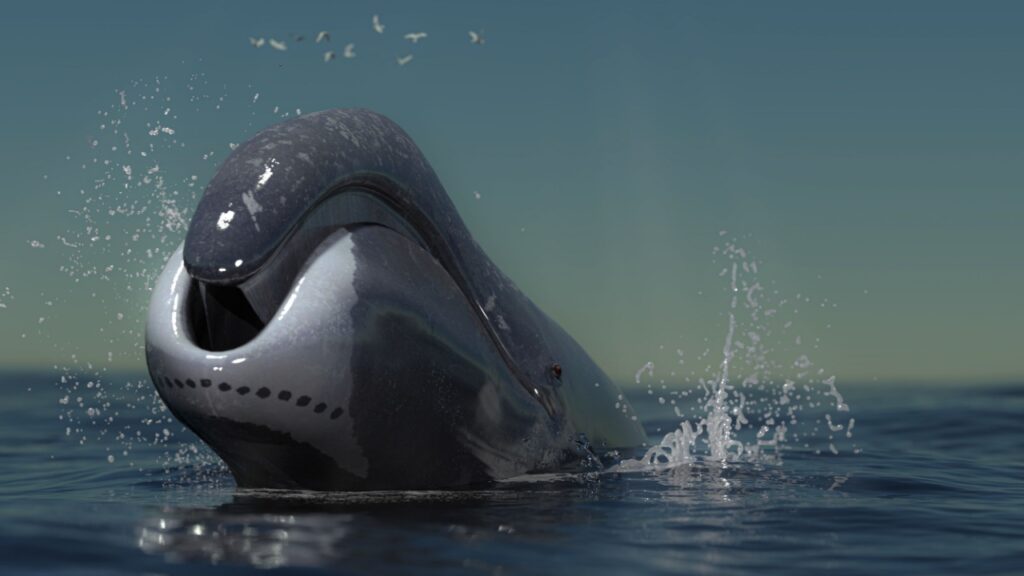
Bowhead whales are among the longest-living mammals on Earth. These Arctic giants can live for more than 200 years. Scientists discovered their impressive lifespan by examining harpoon tips found embedded in some whales’ blubber, dating back to the 1800s. Bowhead whales’ longevity is attributed to their low body temperature and the cold environment they inhabit, which may slow down their aging process.
Macaw
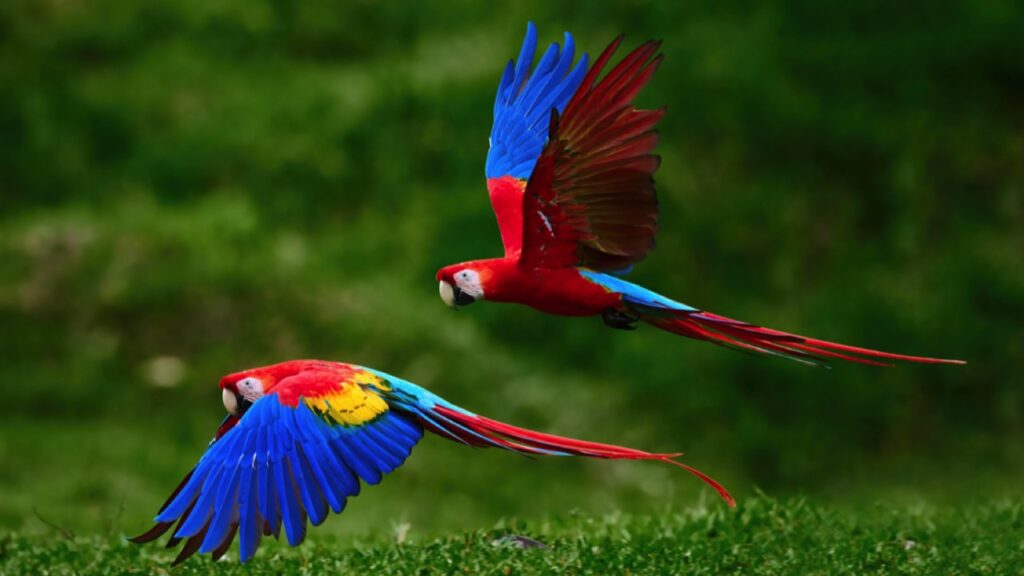
Macaws, colorful members of the parrot family, can live significantly longer than humans. In captivity, these intelligent birds can reach ages of 60 to 80 years, with some individuals reportedly living over 100 years. Their long lifespans are partly due to their strong immune systems and efficient metabolism. In the wild, however, macaws typically live shorter lives due to predation and habitat loss.
Lake Sturgeon
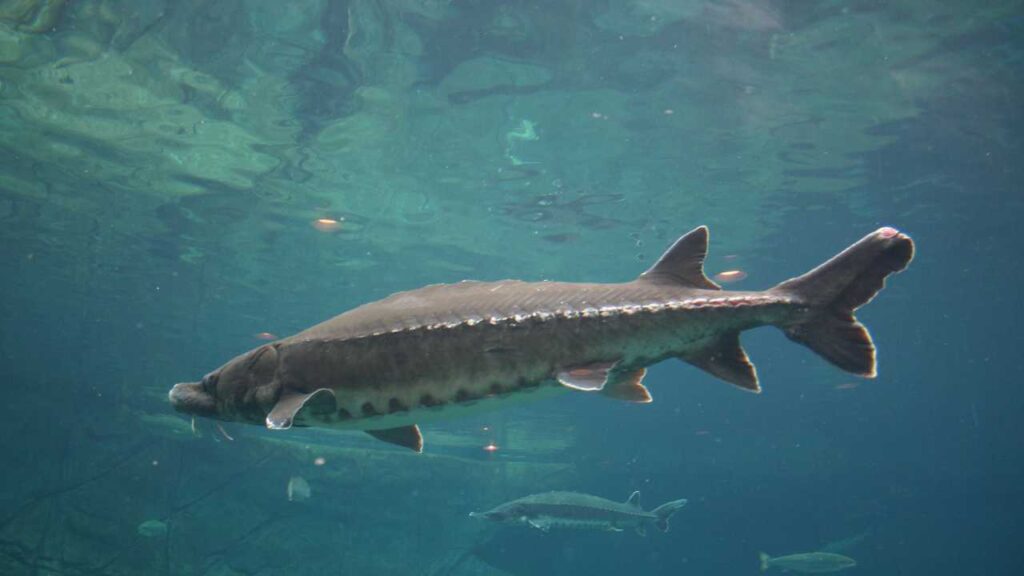
Lake sturgeon are living fossils that have been around for millions of years. These prehistoric-looking fish can live for over 100 years, with some individuals reaching ages of 150 or more. Their slow growth rate and late maturity contribute to their longevity. Lake sturgeon don’t reach sexual maturity until they’re 15-25 years old, allowing them to focus their energy on survival and growth for many years before reproducing.
Geoduck Clam
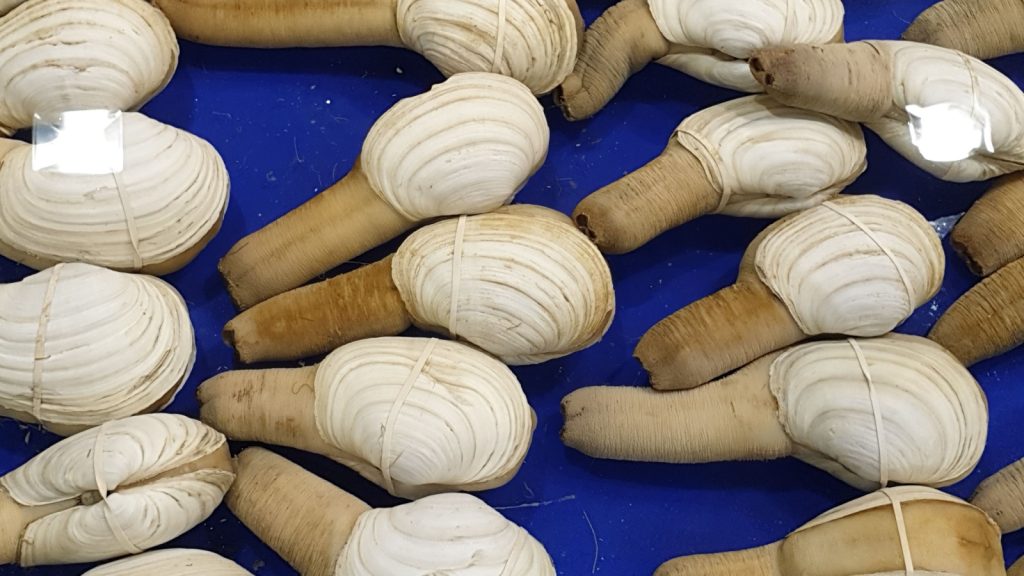
The geoduck clam, pronounced “gooey-duck,” is a long-lived mollusk found in the Pacific Northwest. These bizarre-looking clams can live for over 160 years. Scientists determine their age by counting growth rings on their shells, similar to how tree rings are counted. Geoducks’ long lifespans are attributed to their low metabolic rate and their ability to burrow deep into the sand, protecting them from predators.
Galapagos Giant Tortoise
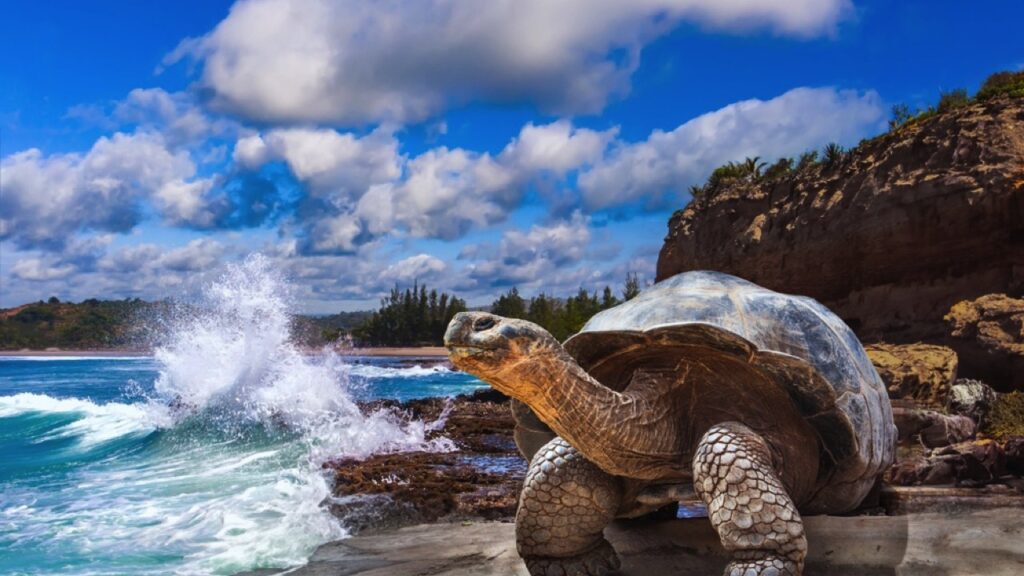
Like their Aldabra cousins, Galapagos giant tortoises are renowned for their longevity. These iconic island dwellers can live well over 100 years, with some individuals reportedly reaching ages of 150 or more. The most famous Galapagos tortoise, Lonesome George, was estimated to be over 100 years old when he died in 2012. Their slow metabolism, lack of natural predators, and adaptations to harsh island conditions contribute to their impressive lifespans.
Rougheye Rockfish
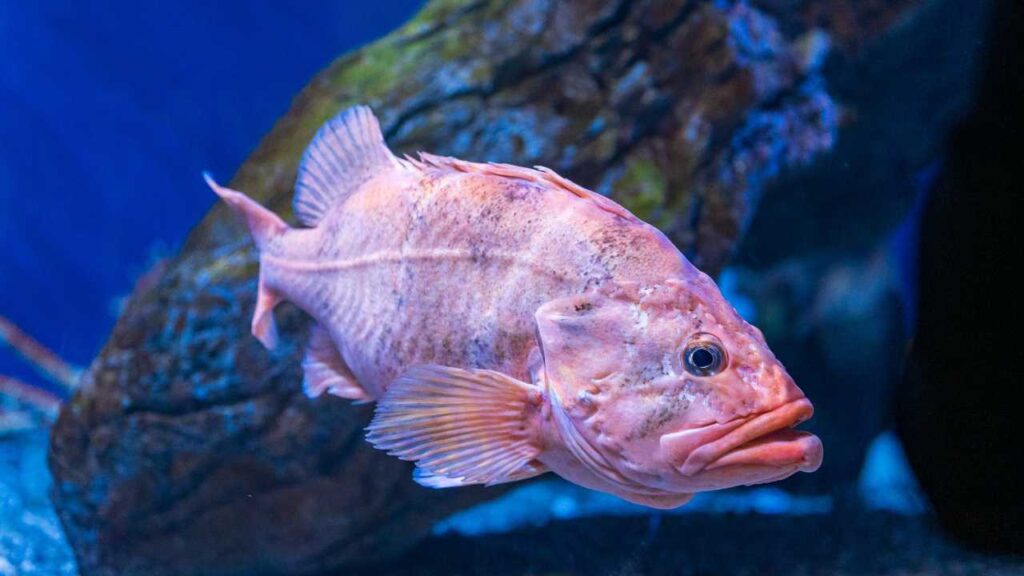
The rougheye rockfish is a deep-sea fish known for its exceptional longevity. These slow-growing fish can live for over 200 years. Scientists determine their age by examining growth rings in their ear bones, called otoliths. Rougheye rockfish’s long lifespans are likely due to their slow metabolism, cold deep-sea habitat, and ability to withstand high pressure.
Tuatara
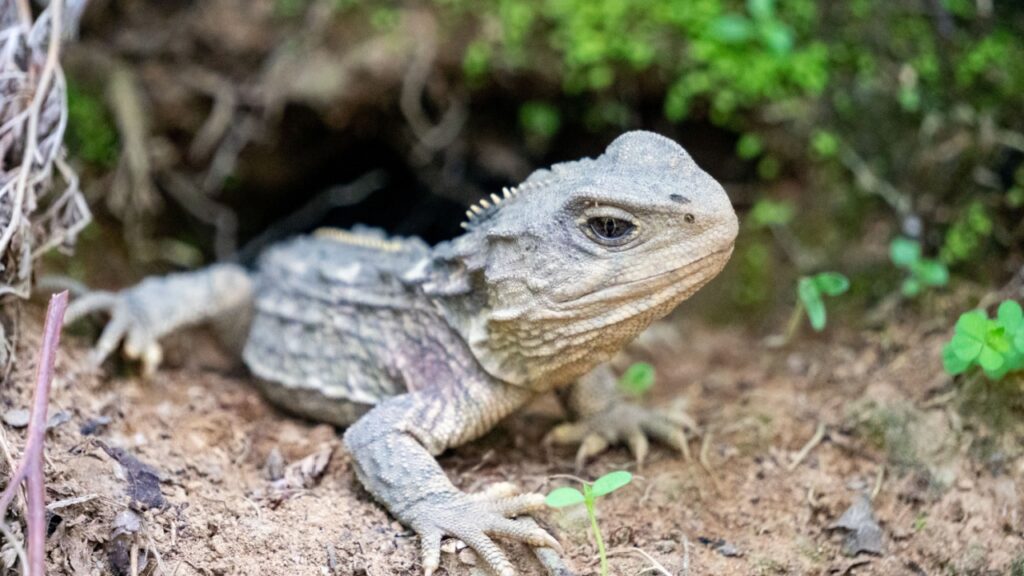
The tuatara, a reptile native to New Zealand, is often called a “living fossil” due to its ancient lineage. These unique creatures can live for over 100 years. Tuataras have a remarkably slow metabolism and can lower their body temperature to adapt to cold environments. Their long lifespans are also attributed to their slow growth rate and late sexual maturity, which they reach at around 20 years old.
Olm
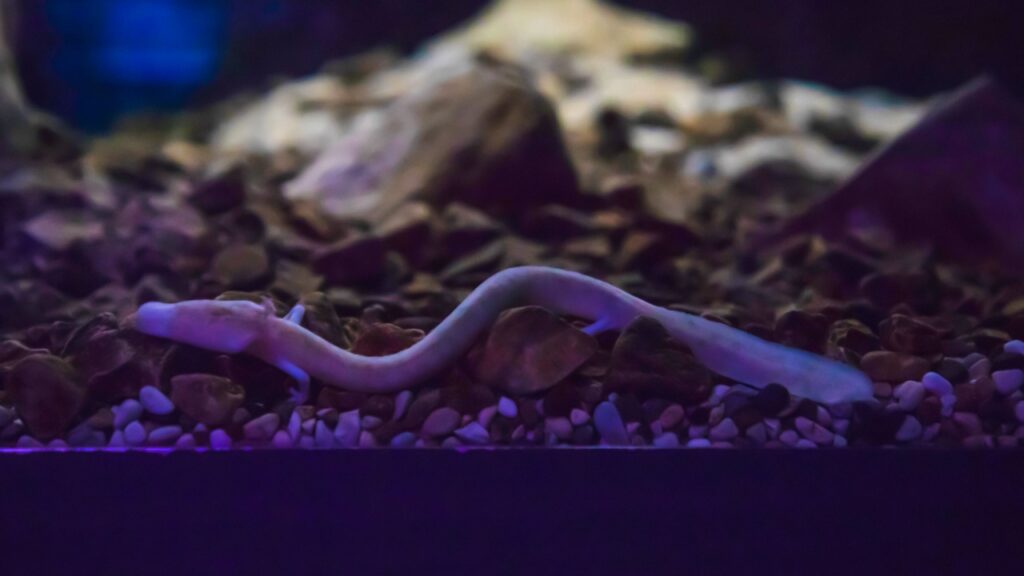
The olm, also known as the “human fish,” is a blind salamander that inhabits underground caves in southeastern Europe. These strange amphibians can live for over 100 years. Olms have adapted to their dark, nutrient-poor environment by developing an extremely slow metabolism. They can go without food for years and have a heart rate of just 2 beats per minute, contributing to their impressive longevity.
Koi Fish
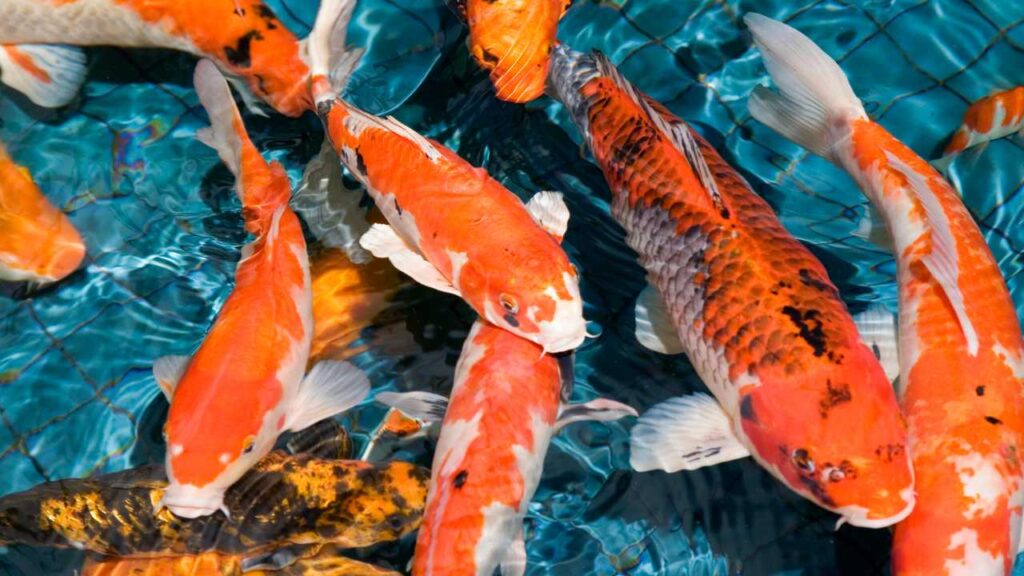
Koi fish, colorful variants of the common carp, are known for their potential to live extremely long lives. While most koi live 25-35 years, there are reports of some individuals living over 200 years. The most famous long-lived koi, named Hanako, was reportedly 226 years old when she died in 1977. Koi’s longevity is attributed to their ability to adapt to various environments, their hardy nature, and proper care in captivity.
Ocean Quahog

The ocean quahog, a type of clam, is one of the longest-living animals on Earth. These unassuming mollusks can live for over 500 years. Scientists determine their age by counting growth rings on their shells, similar to tree rings. The oldest known ocean quahog, nicknamed Ming, was estimated to be 507 years old when it was discovered. Their extreme longevity is likely due to their low metabolic rate and the cold, stable environment they inhabit.
Lake Trout
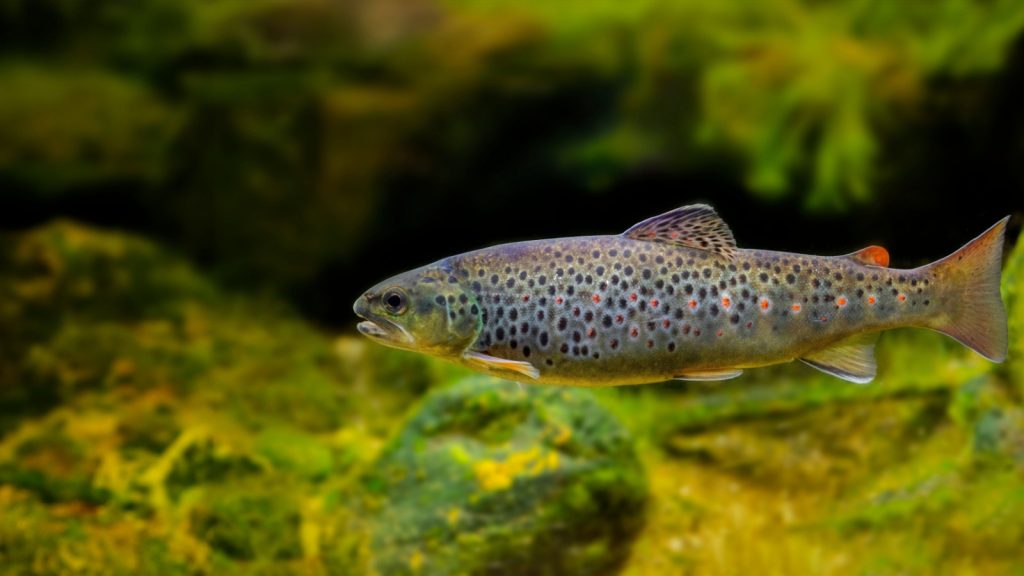
Lake trout are known for their impressive lifespans among freshwater fish. These cold-water fish can live for over 50 years, with some individuals reportedly reaching ages of 70 or more. Their longevity is attributed to their slow growth rate, late sexual maturity, and adaptation to cold, deep lake environments. Lake trout’s ability to live in very cold water slows down their metabolism, contributing to their long lifespans.
Immortal Jellyfish
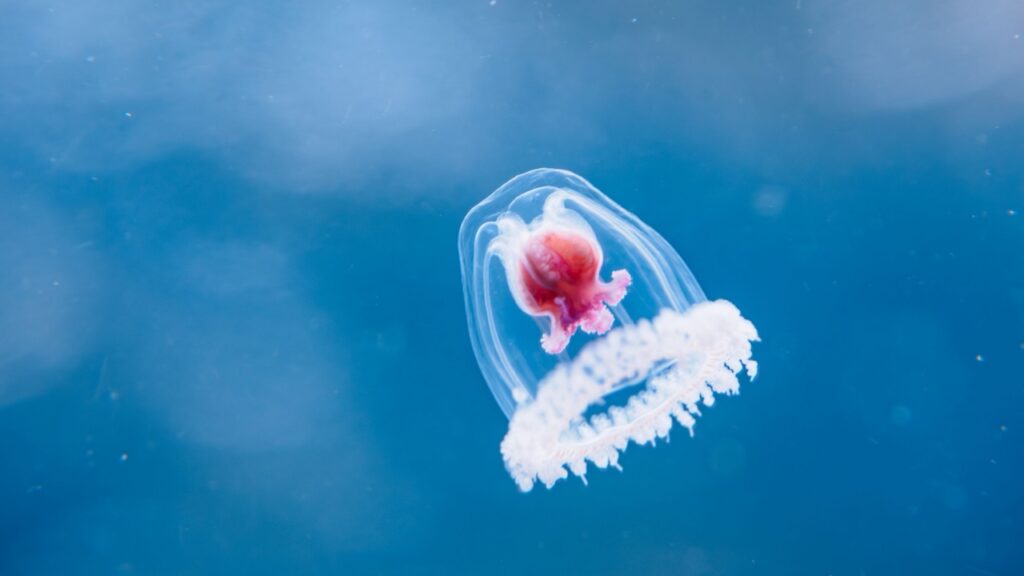
The immortal jellyfish, scientifically known as Turritopsis dohrnii, is perhaps the most intriguing long-lived creature on Earth. These tiny jellyfish have the unique ability to revert to their juvenile stage after reaching maturity, potentially allowing them to live indefinitely. While individual immortal jellyfish can still die from predation or disease, their ability to repeatedly regenerate theoretically gives them biological immortality. This remarkable adaptation has made them a subject of intense scientific study.
Red Sea Urchin
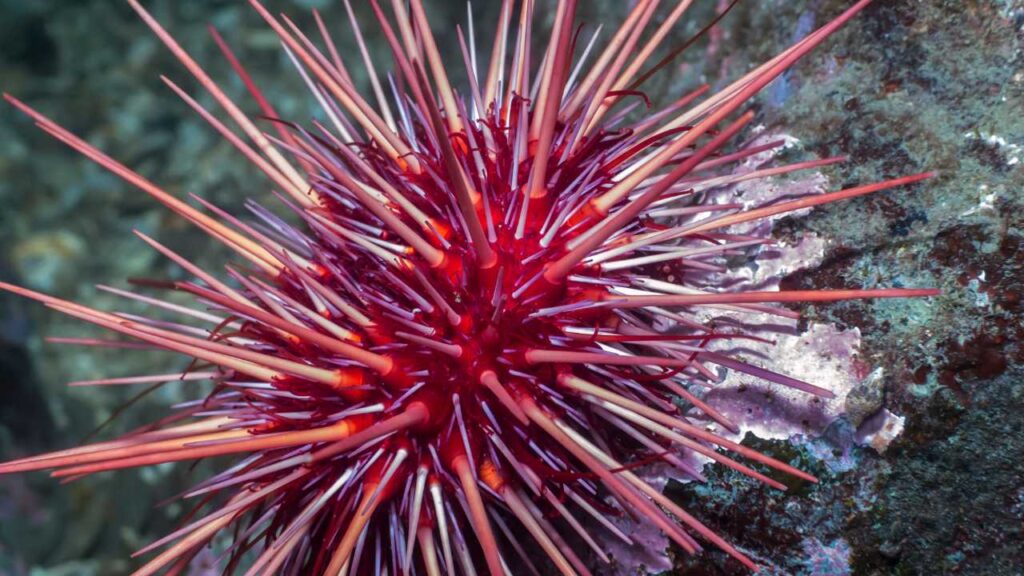
Red sea urchins are among the longest-living animals on Earth. These spiny marine creatures can live for over 200 years, with some individuals estimated to be more than 400 years old. Their incredible longevity is partly due to their ability to regenerate damaged body parts and their slow metabolism in cold waters. Red sea urchins show few signs of aging, maintaining their reproductive capabilities throughout their long lives, which has made them a subject of interest in aging research.
Orange Roughy
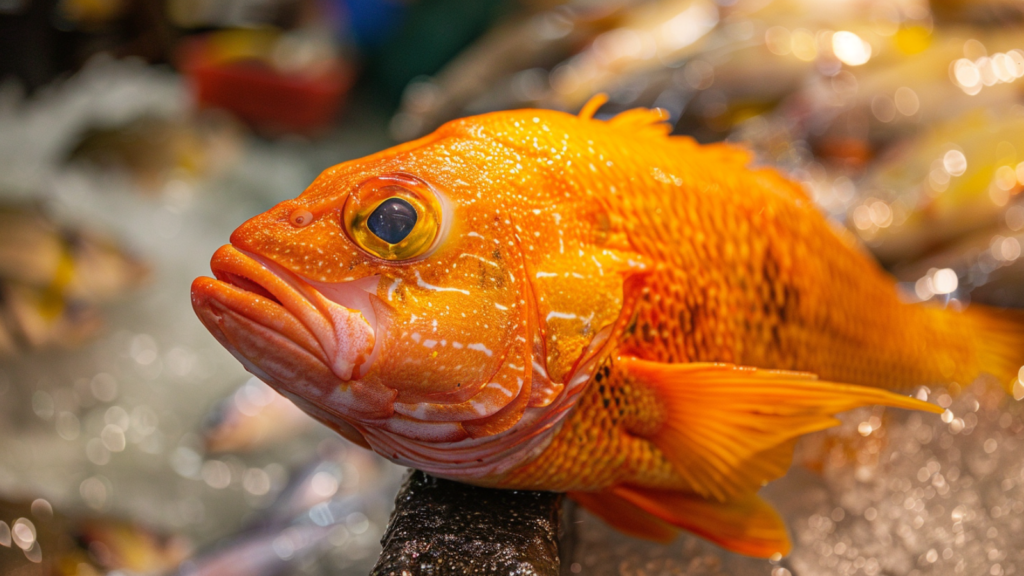
The orange roughy, also known as the slimehead, is a deep-sea fish with an exceptionally long lifespan. These slow-growing fish can live for up to 250 years. Scientists determine their age by examining growth rings in their ear bones, called otoliths. Orange roughy’s longevity is attributed to their slow metabolism, late sexual maturity (around 20-30 years old), and adaptation to the cold, high-pressure environment of the deep ocean. Their long lifespan has made them particularly vulnerable to overfishing, as populations take a very long time to recover.

